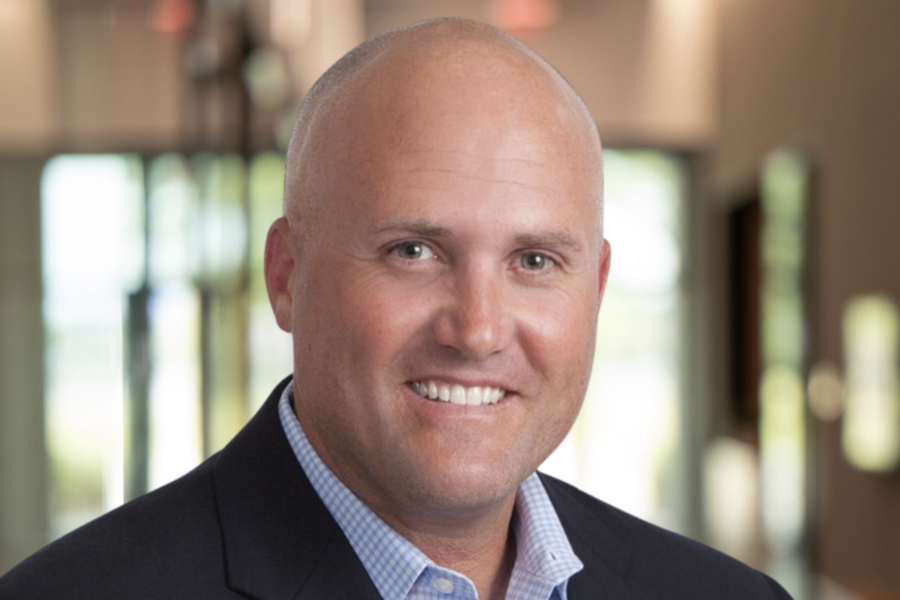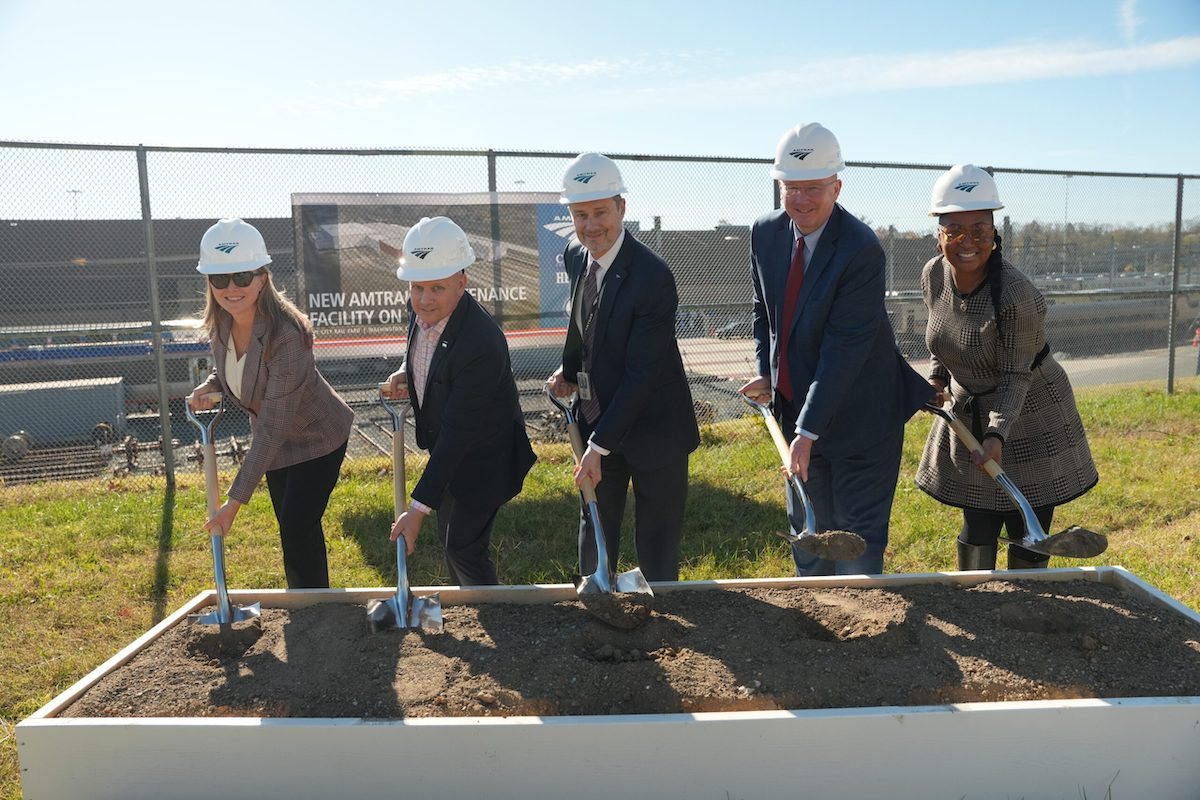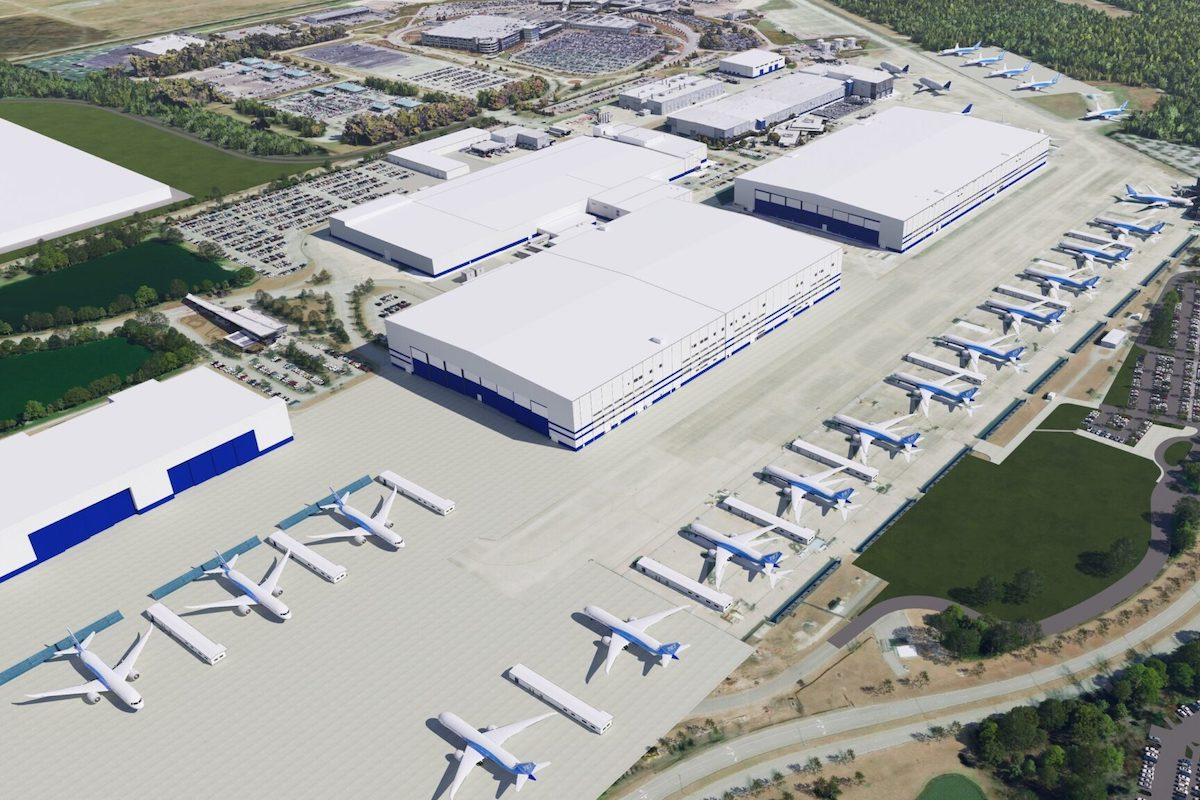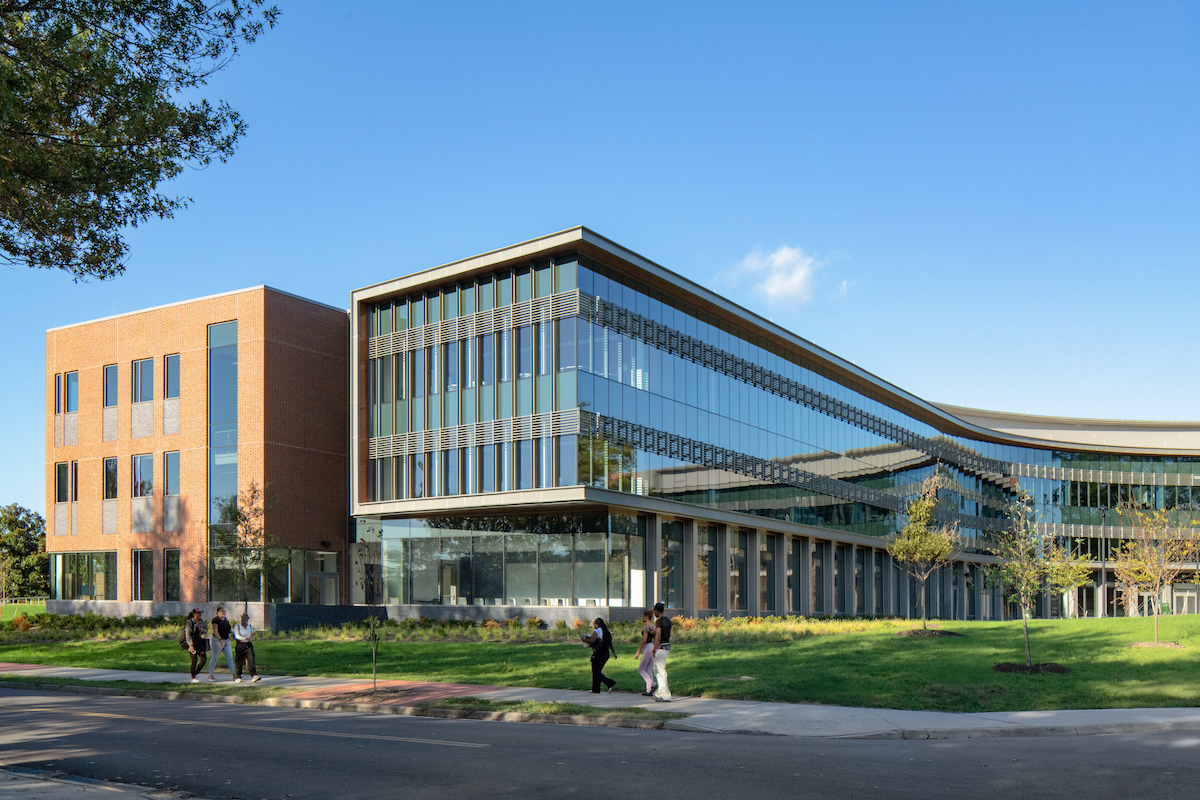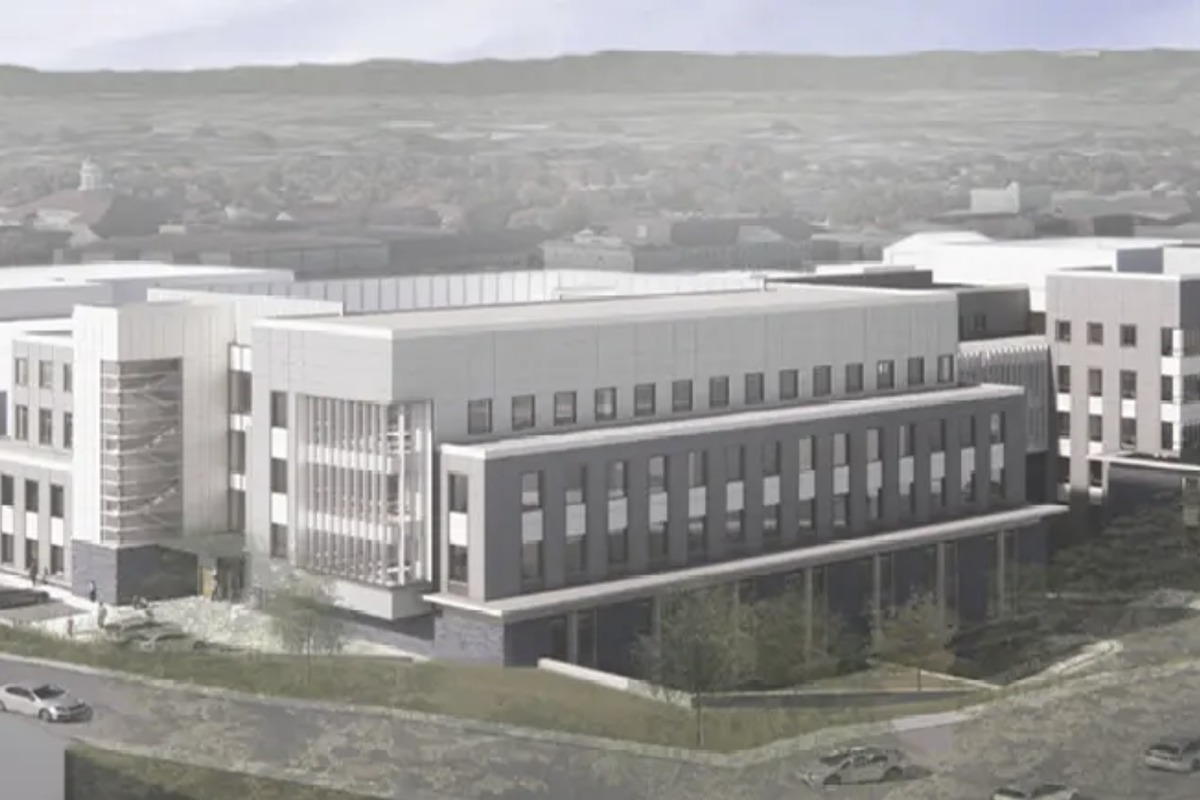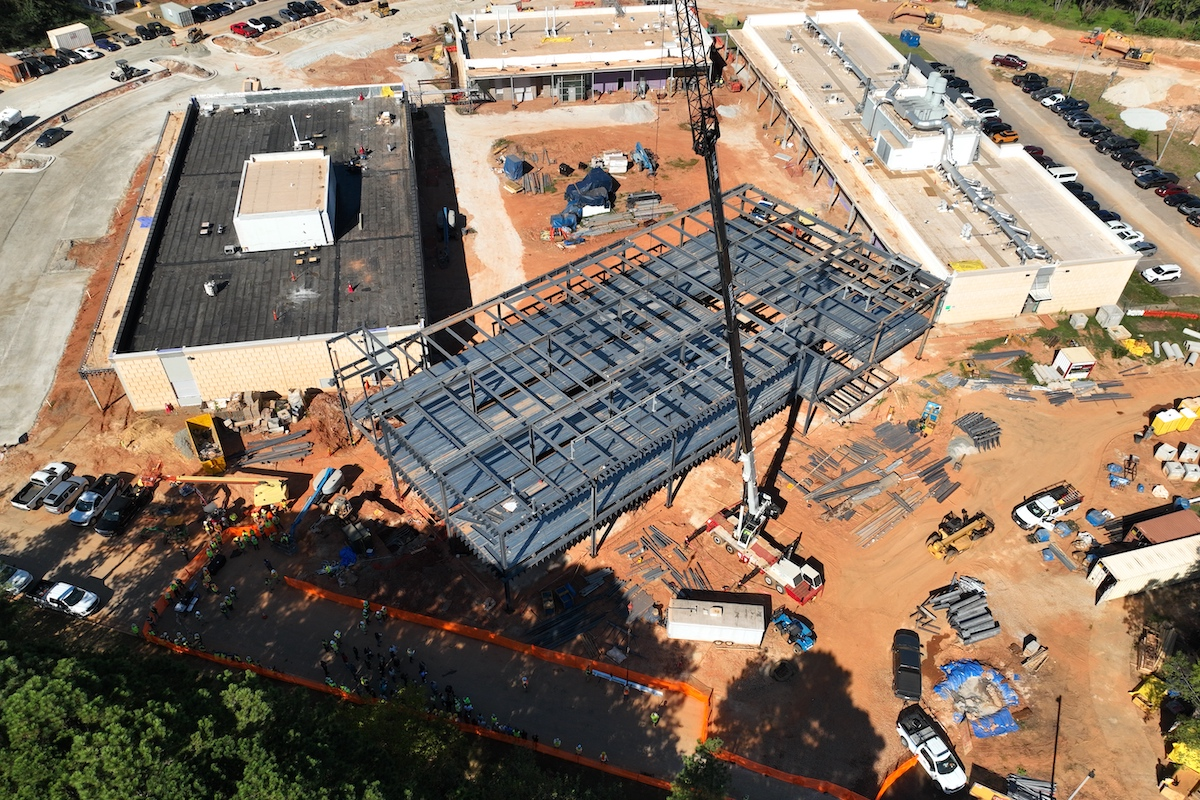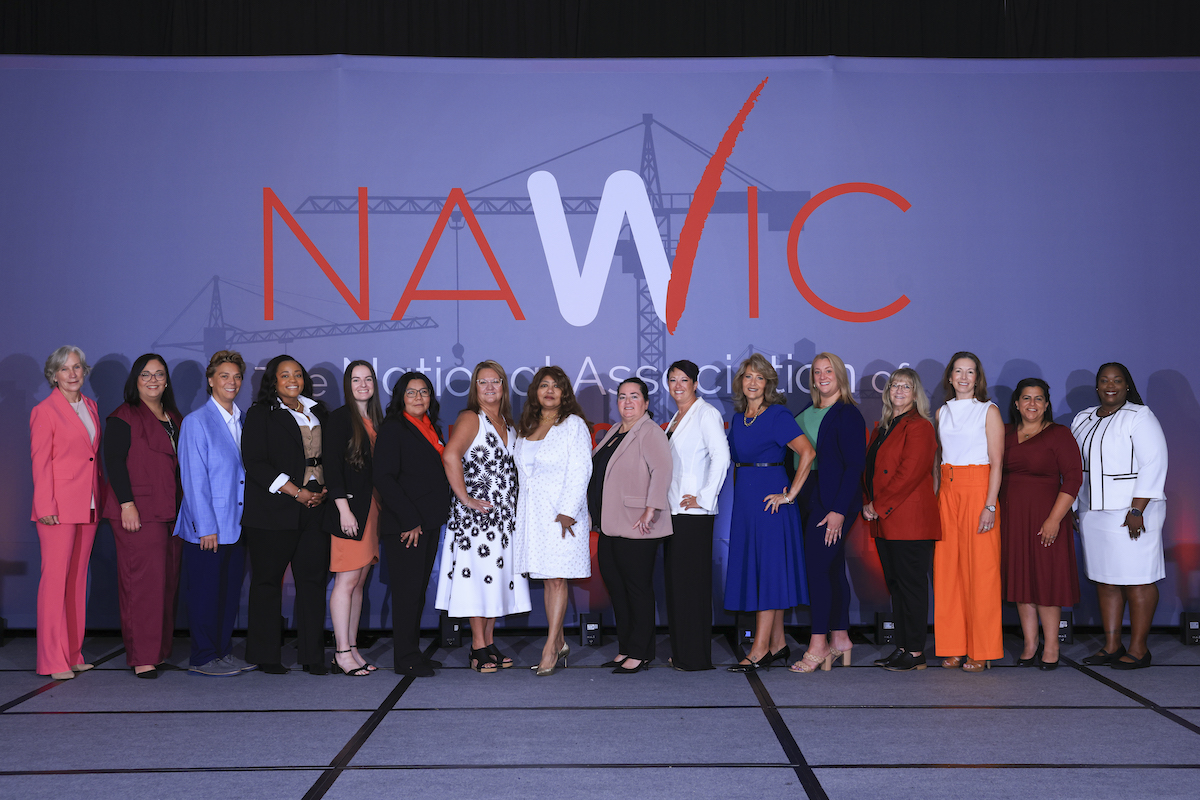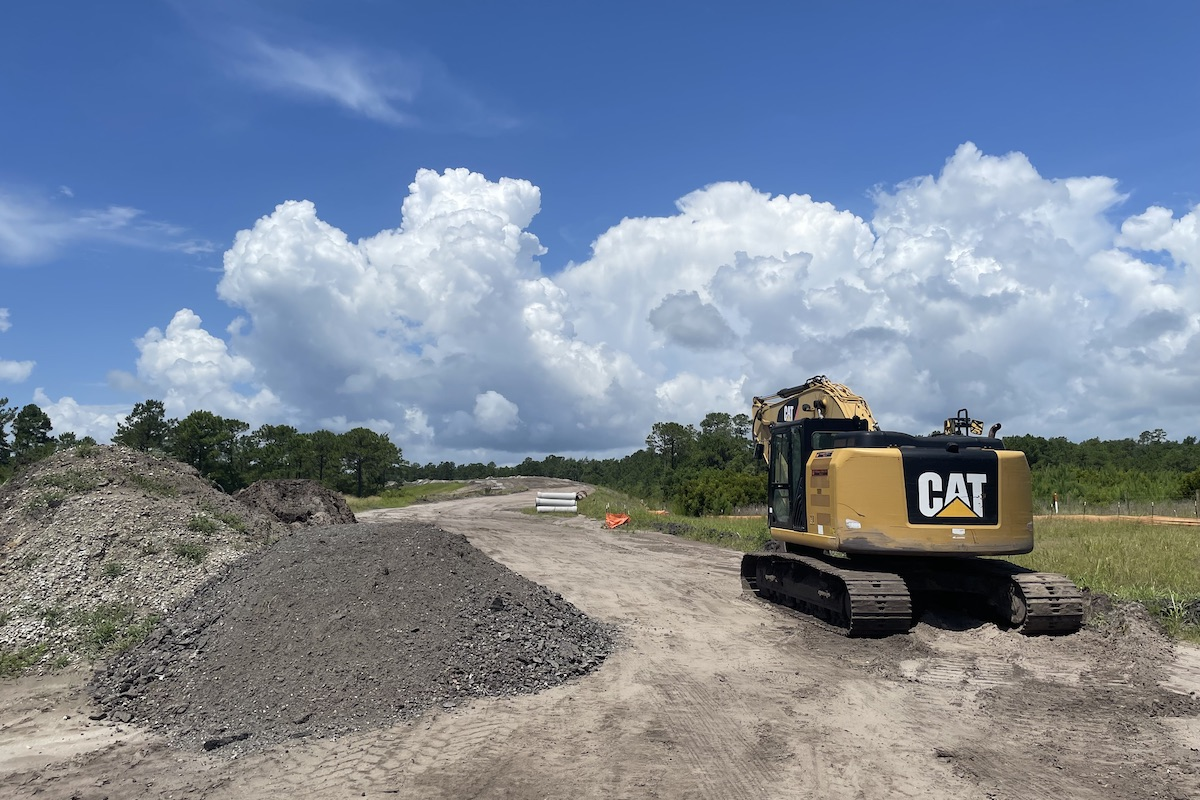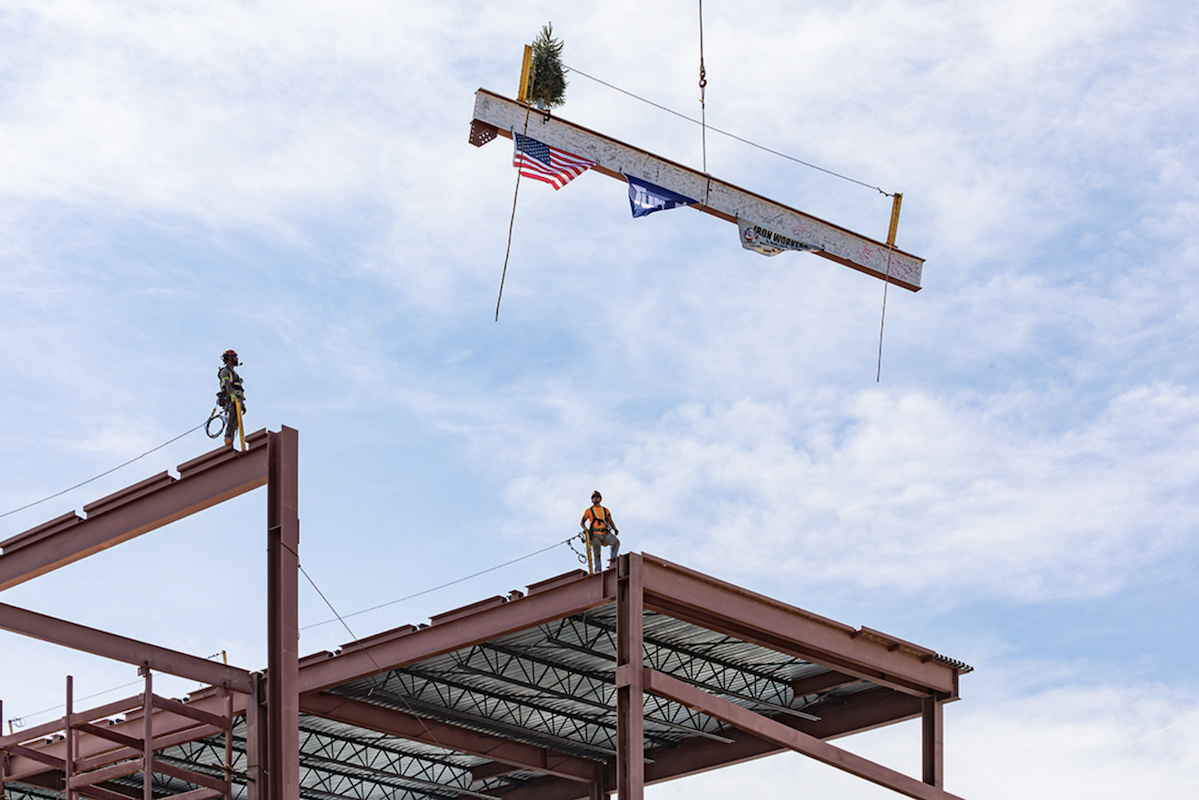East Boston is adjacent to Boston Harbor and offers views of downtown Boston. Piers Park II is located on the waterfront alongside the original Piers Park, which was constructed by Massport in 1995.
The 6.5-acre Piers Park was designed primarily as a passive space and features multiple pavilions, a promenade, an amphitheater, a playground, and more. As a passive park, the primary activities that the park is used for include walking and jogging. Piers Park draws thousands of visitors every year.
Unlike its predecessor and neighbor, Piers Park II is designed to be an active park. The two parks connect and give visitors multiple options to enjoy the area.
“There’s a wide variety of elements in the park that are appropriate for multi-generational use,” said Nhuy Hoang, Massport’s Deputy Director - Capital Programs & Environmental Affairs.

| Your local Komatsu America Corp dealer |
|---|
| Linder Industrial Machinery |
The newly constructed 4.5-acre park includes a 1.07-acre active play area as the centerpiece. The central lawn is designed for jogging and pickup games like soccer or frisbee. It gently slopes toward the waterfront, so users can have a better view of the harbor.
The park also contains water features, picnic groves, multi-generational exercise equipment, and a children’s area with a playground and wandering path with musical instruments.
Finally, the park is home to the Piers Park Sailing Center (PPSC). The new 1,600-square-foot PPSC building is significantly larger than the old one in Piers Park. A charitable nonprofit, PPSC offers fully accessible recreational, educational, and personal growth opportunities for individuals of all ages and abilities.
According to the PPSC website, its “vision is to be the premier organization utilizing the marine environment and maritime industry to deliver accessible, high-impact programs to people of all ages, abilities, and identities in an inclusive, enriching, and empowering environment. PPSC envisions a unique and diverse community that is engaged in the local environment and based on mentorship and deep ties to our neighborhood and landscape.”
PPSC offers free afterschool programs to area students, where they teach the children how to sail and launch. The PPSC building has an open-air pavilion and canoes available for rent to the general public.
“We want to be good neighbors,” Hoang said. “Building the park and its amenities was a way to show that and provide benefits to all those around.” She added that people can walk, drive, or take public transportation (which is nearby) to the park.
In Massport’s press release announcing the park's official opening, Boston City Councilor Gabriella Coletta said, “Open space along our waterfront is a priority for East Boston, and we are thrilled to celebrate the addition of the now completed Piers Park II. Our parks provide some of the most beautiful views of the Boston skyline and will be cherished by the community for generations.”
“The park provides sea level rise flood protection as it helps us seal off a flood entry point,” Hoang said. The design of Piers Park II integrates multiple sustainable features aimed at safeguarding against flooding along a crucial flood water pathway and mitigating the heat island effect within the densely populated East Boston community. The project’s sustainable features include:
- Elevating the grade of the park site by 4 feet and creating landscape berms to provide flood protection
- Replacing the gravel lot with 4.5 acres of green space
- Planting 72 new trees
- Installing drinking fountains with bottle filling stations
- Placing energy-efficient lighting throughout the park and at the new Sailing Center building
- Building a highly efficient heating and cooling system in the new Sailing Center building
“We had a very robust community engagement process,” Hoang said. The process involved regular meetings with the East Boston Project Advisory Committee (PierPAC). Established in 1980, PierPAC “is a legislatively created advisory committee established to advise the Massachusetts Port Authority on matters relating to the establishment, operation, security, and maintenance of the East Boston Parks System,” according to the committee’s website.
In the early phase of the project, the design team inventoried and toured other existing parks and completed a survey before design began to solicit input from the community about what features they wanted. Ultimately, the team was required to get approval from the committee for all park design elements down to tree design.
Another construction challenge was working with the Sailing Center. “We had to understand how they operate so we could construct a building to support them and determine how it fits into the park,” Hoang said.
Working in a dense neighborhood with narrow streets also presented several challenges. Due to raised park design and resiliency berms, roughly 17,000 cubic yards of imported material had to be brought on site and approximately 9,000 cubic yards of unsuitable material was removed. Significant efforts were made to reuse onsite material. Although labor intensive, this was a money saver and environmentally responsible. Due to restricted access to the project area, some equipment had to be disassembled and then reassembled once it was on the site.
Since Massport committed to completing the park by the end of 2023, the compressed design and construction schedule presented another challenge to overcome. Design and permitting began in 2017, and the concept design was approved by PierPAC in the fall of 2019.
Work was paused during COVID-19, but the project restarted in the fall of 2021. At that point, Massport needed to move aggressively if they hoped to meet the 2023 deadline. Design and bid resumed, and the team met with PierPAC every month.
Ultimately, construction began in the fall of 2022. While spring planting is ideal, due to the project’s compressed construction schedule, the team planted in the fall. This was the most significant challenge the team faced in meeting their schedule.
“We tagged the trees earlier in the spring but held them at the nurseries, which were located in New York and New Jersey,” Hoang said. “We held them at the nurseries and had them delivered to us in early fall for planting.” There are a variety of trees in terms of height and species.
Massport funded the $20 million project, which came in under budget and on time. Hoang said that “being able to work with the contractor efficiently, having no rework, [and] a good understanding of the site in the design phase” contributed to the project’s success.
- Owner: Massachusetts Port Authority
- Designer: Kleinfelder (prime consultant, engineer/architect), San Diego, California
- Landscape Architect: Pressley Associates, Newton Centre, Massachusetts
- Resident Engineer: Keville Enterprises, Marshfield, Massachusetts
- General Contractor: McCourt Construction, Boston, Massachusetts



















